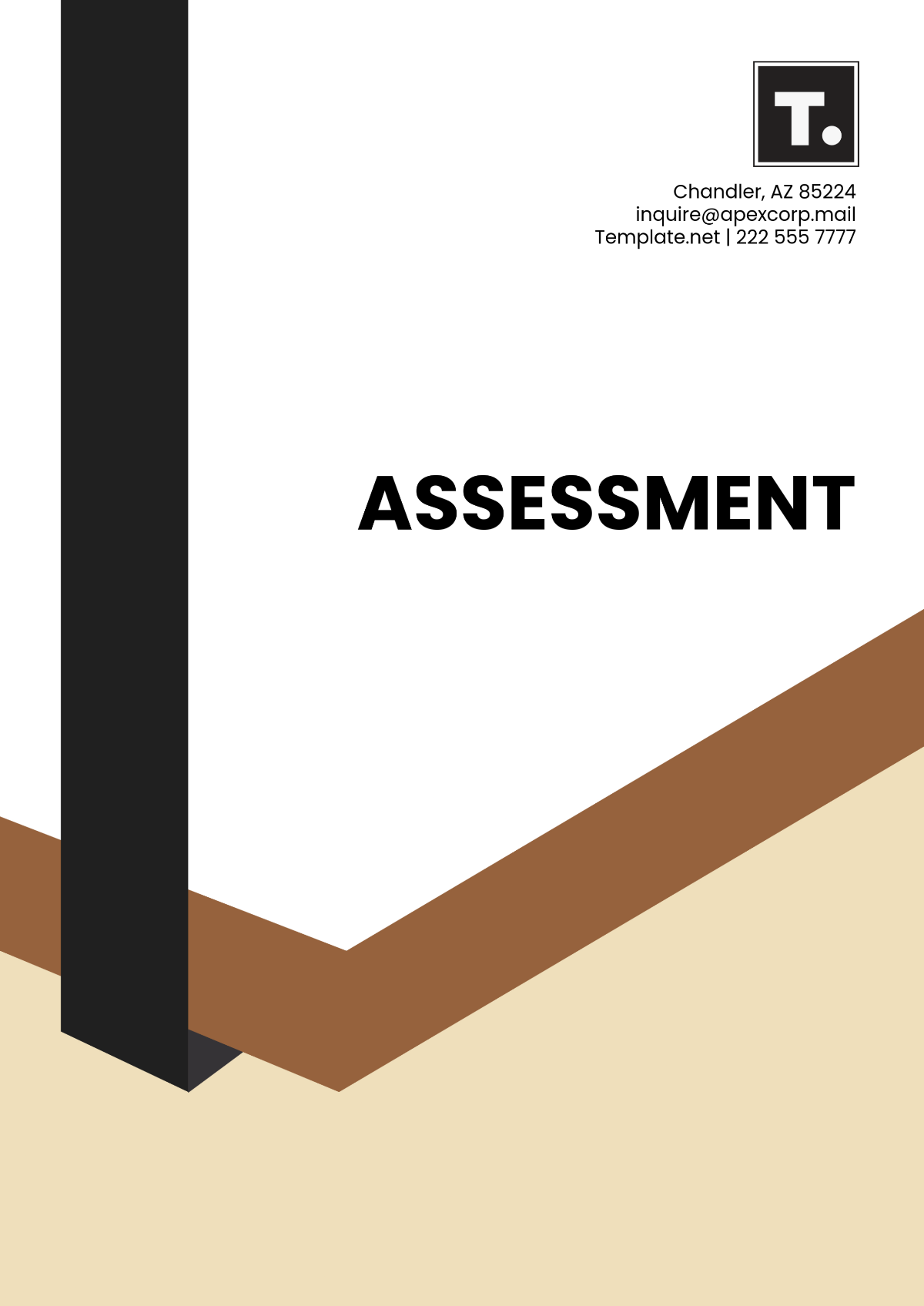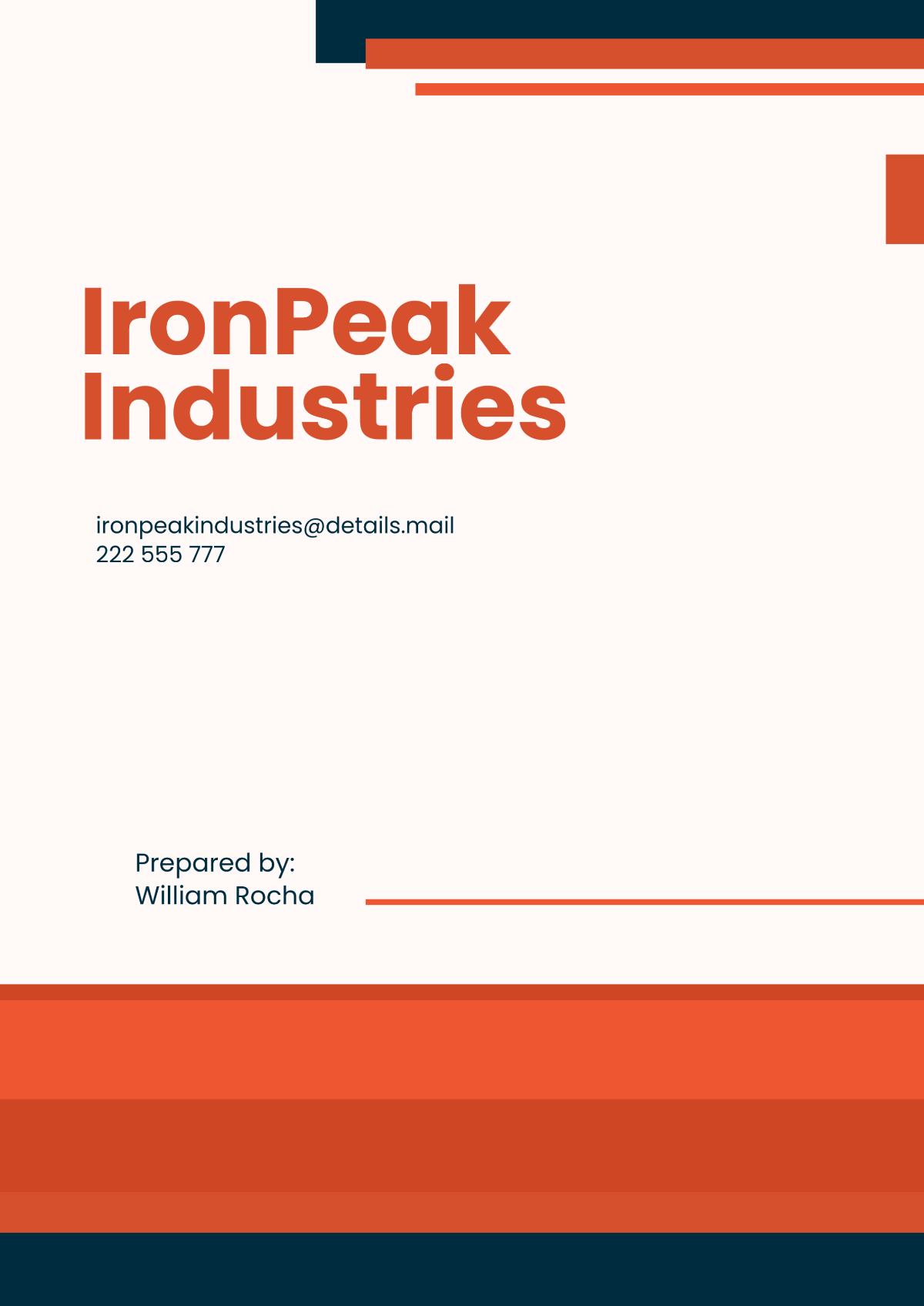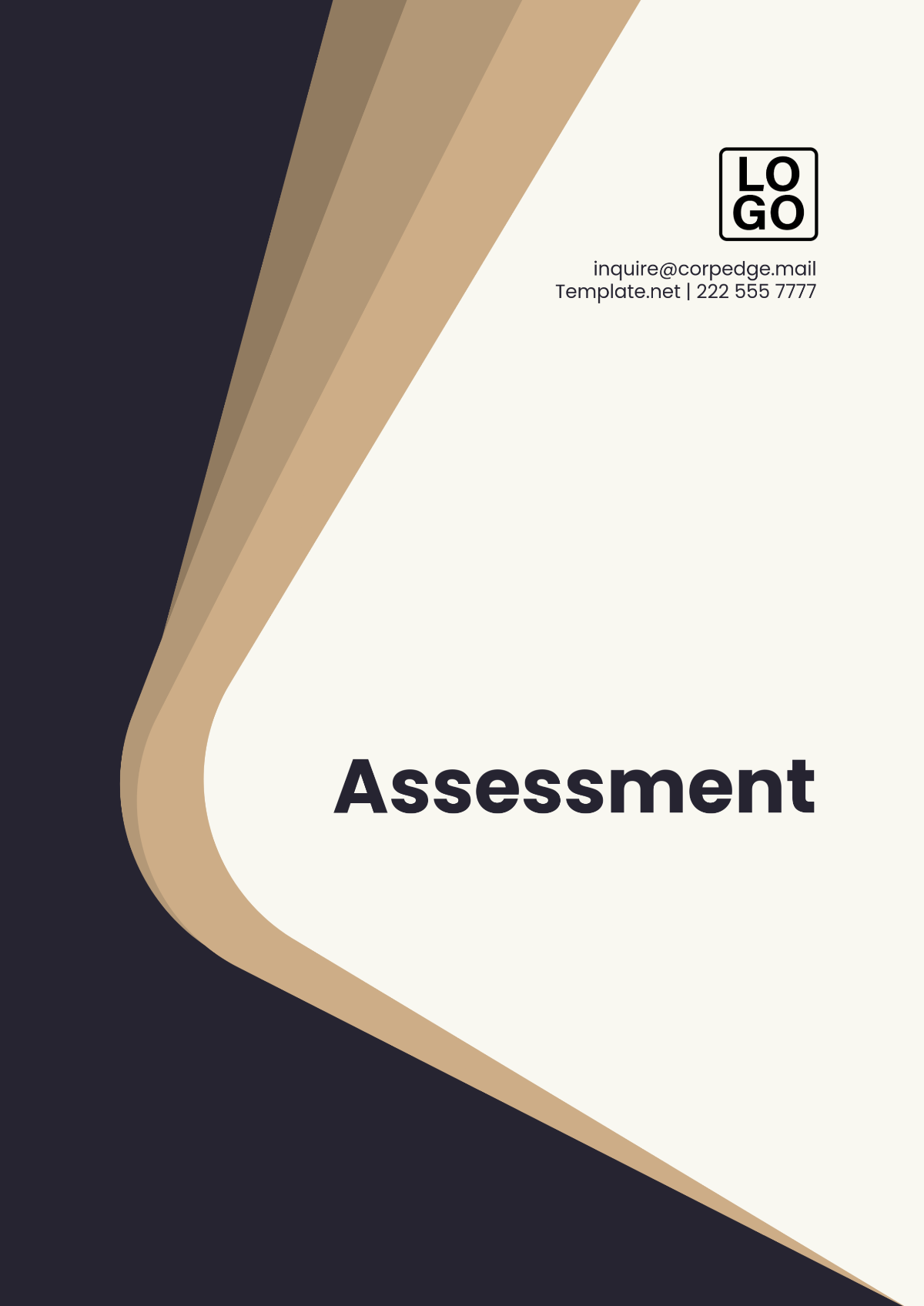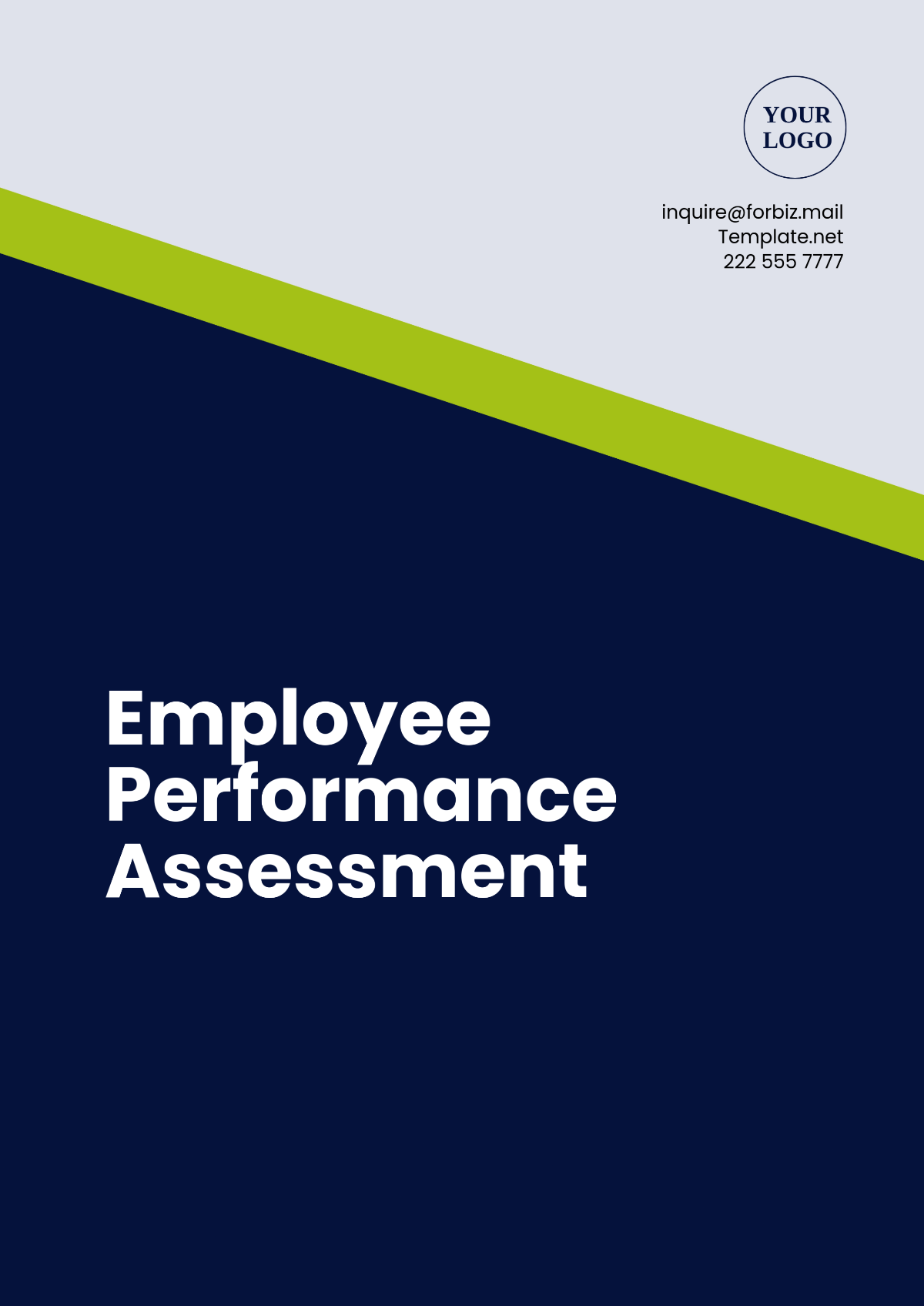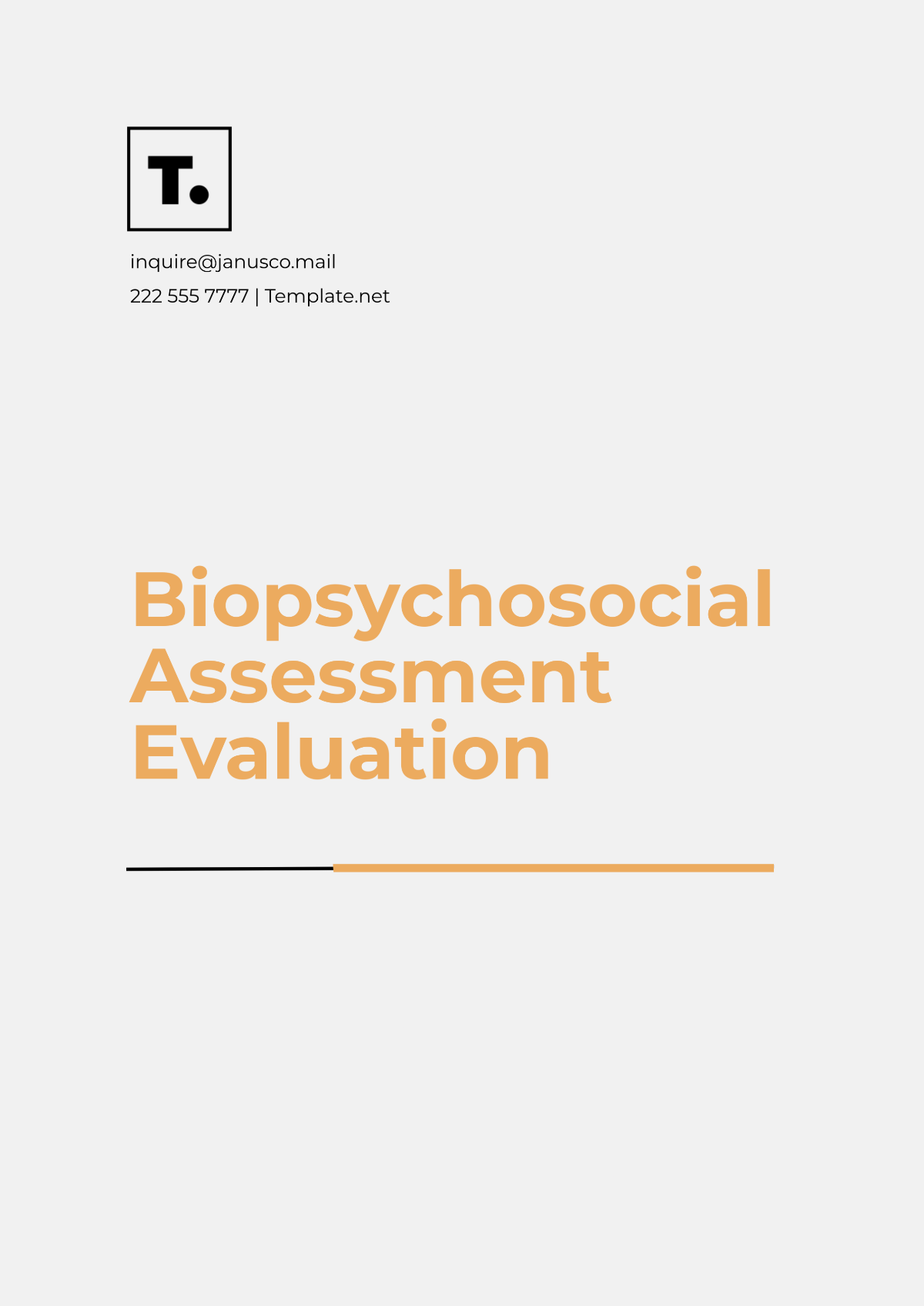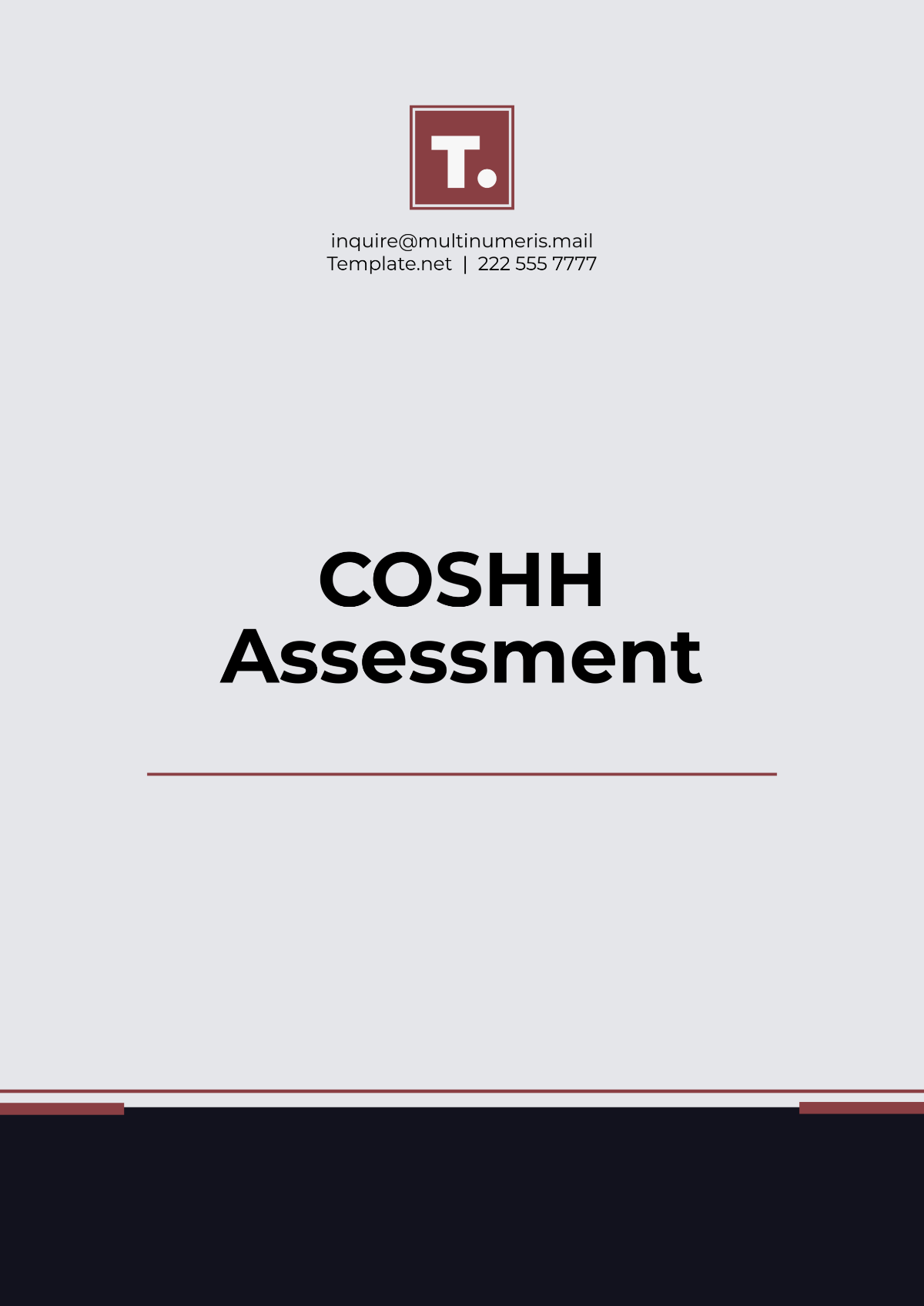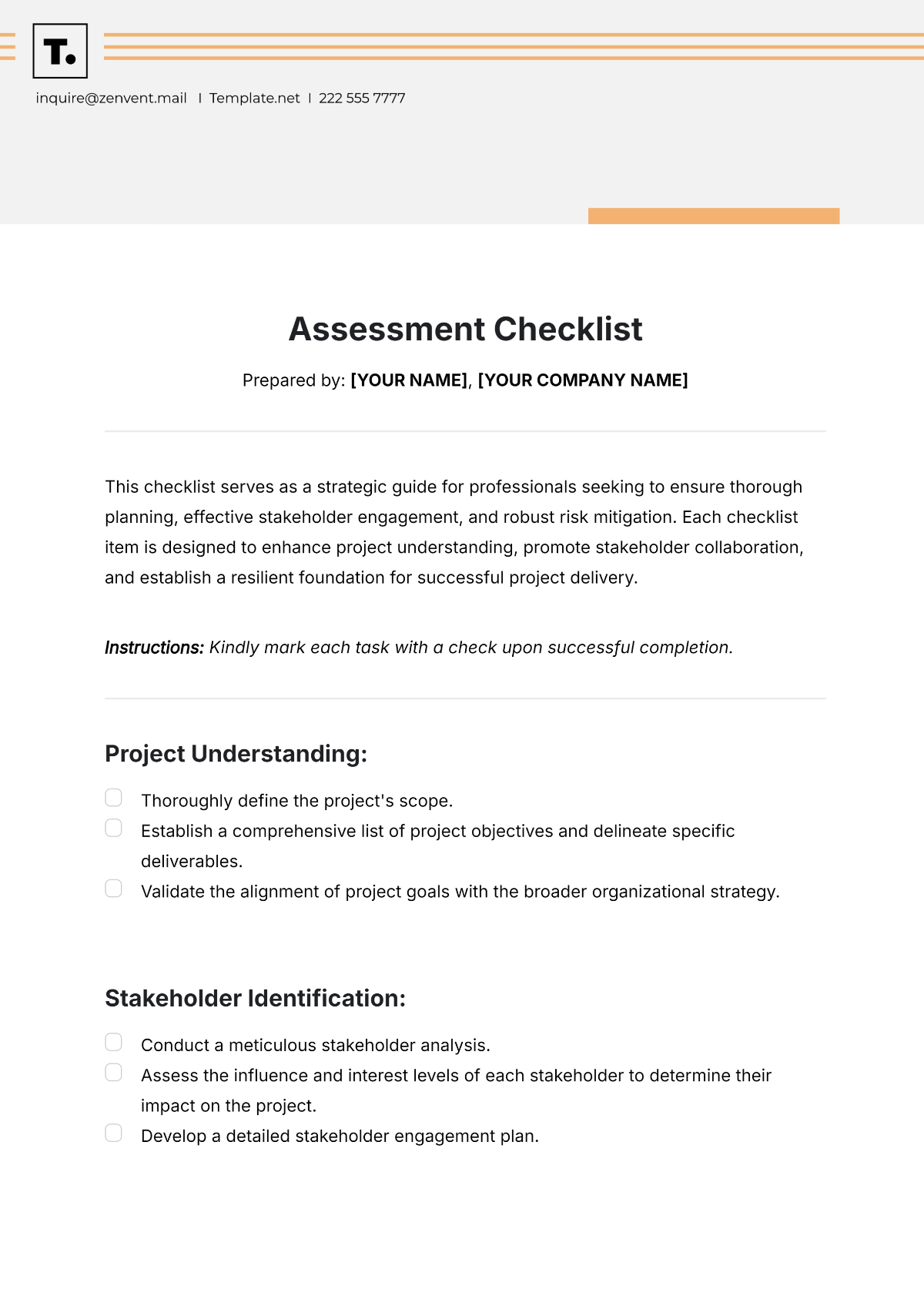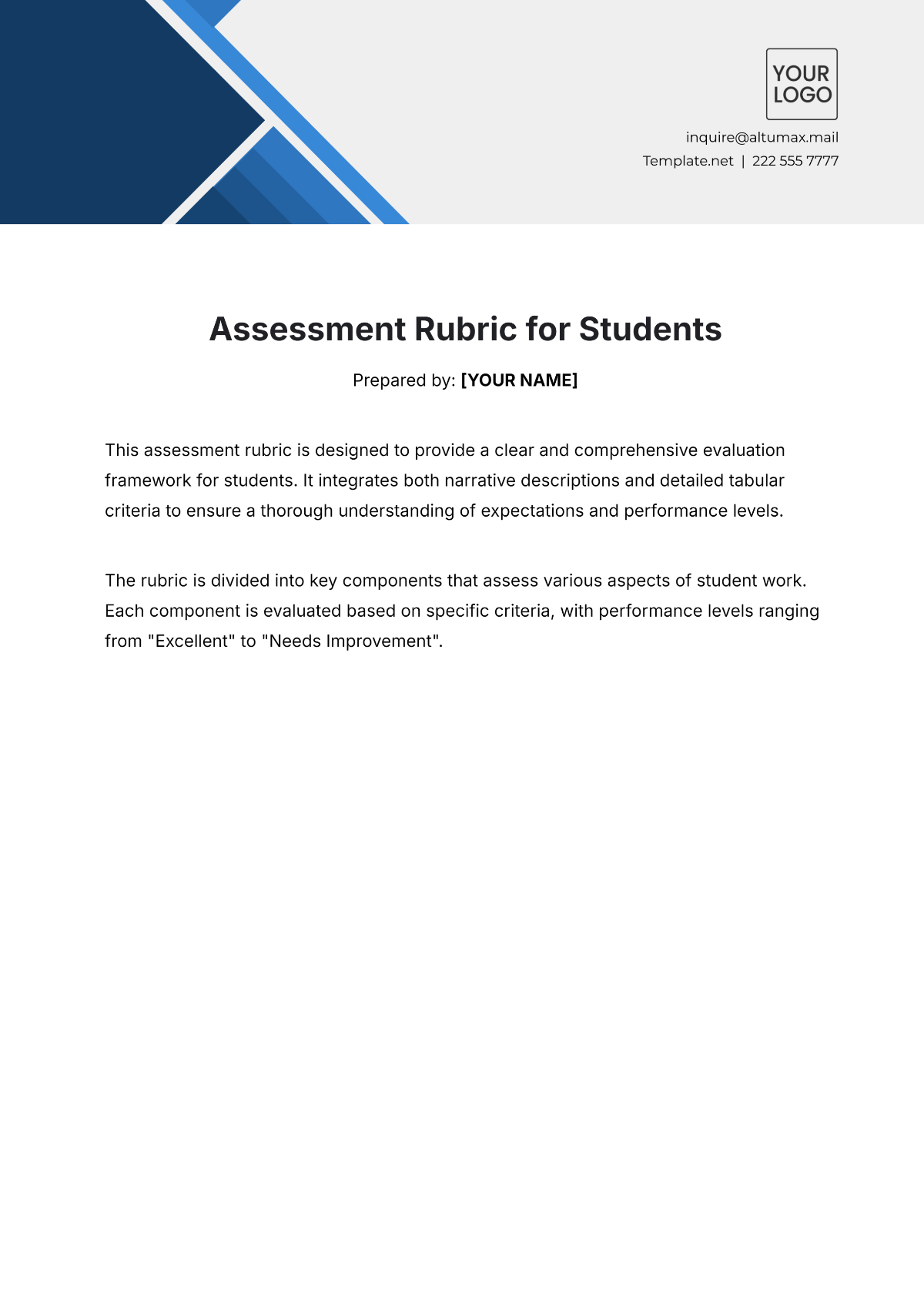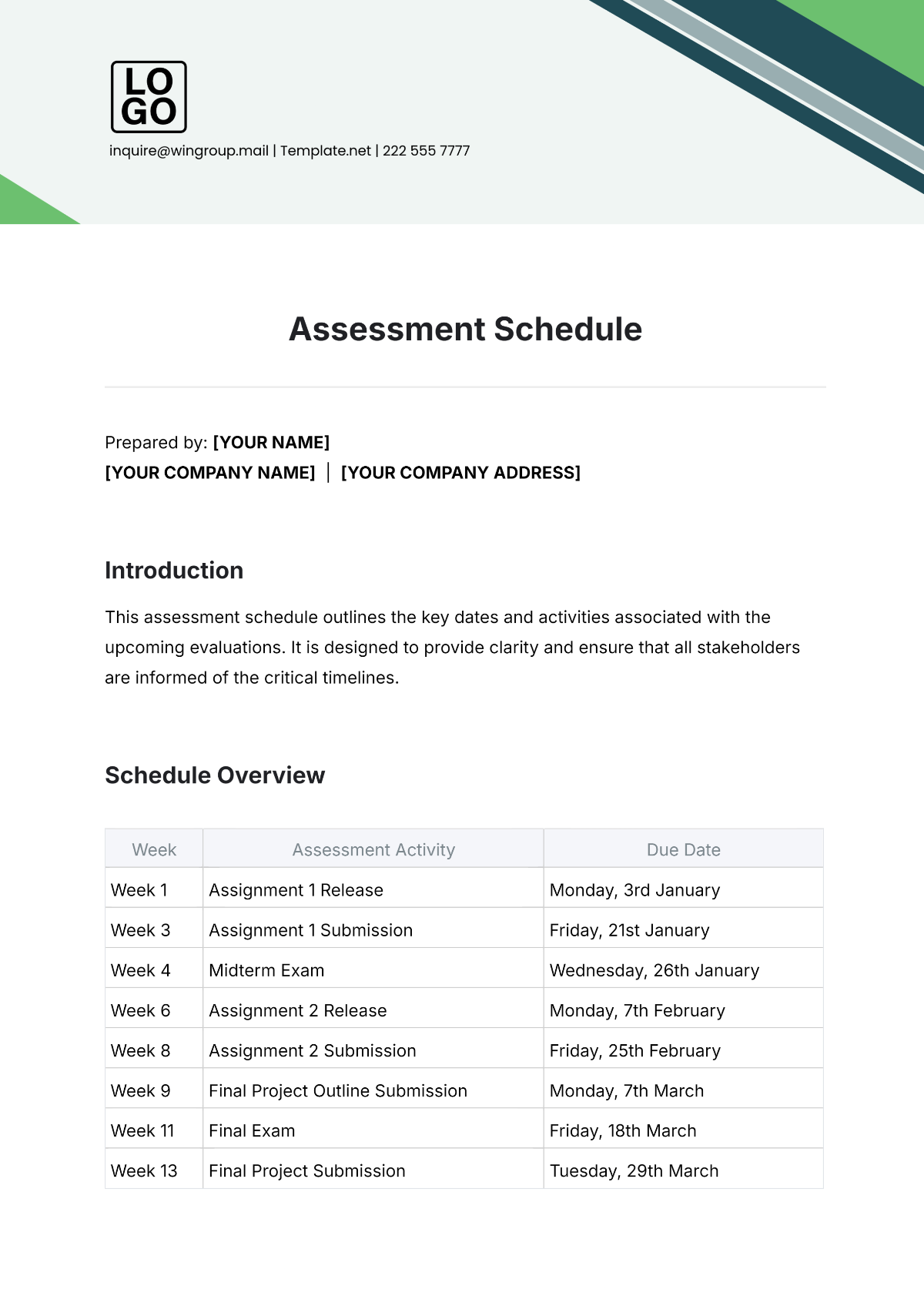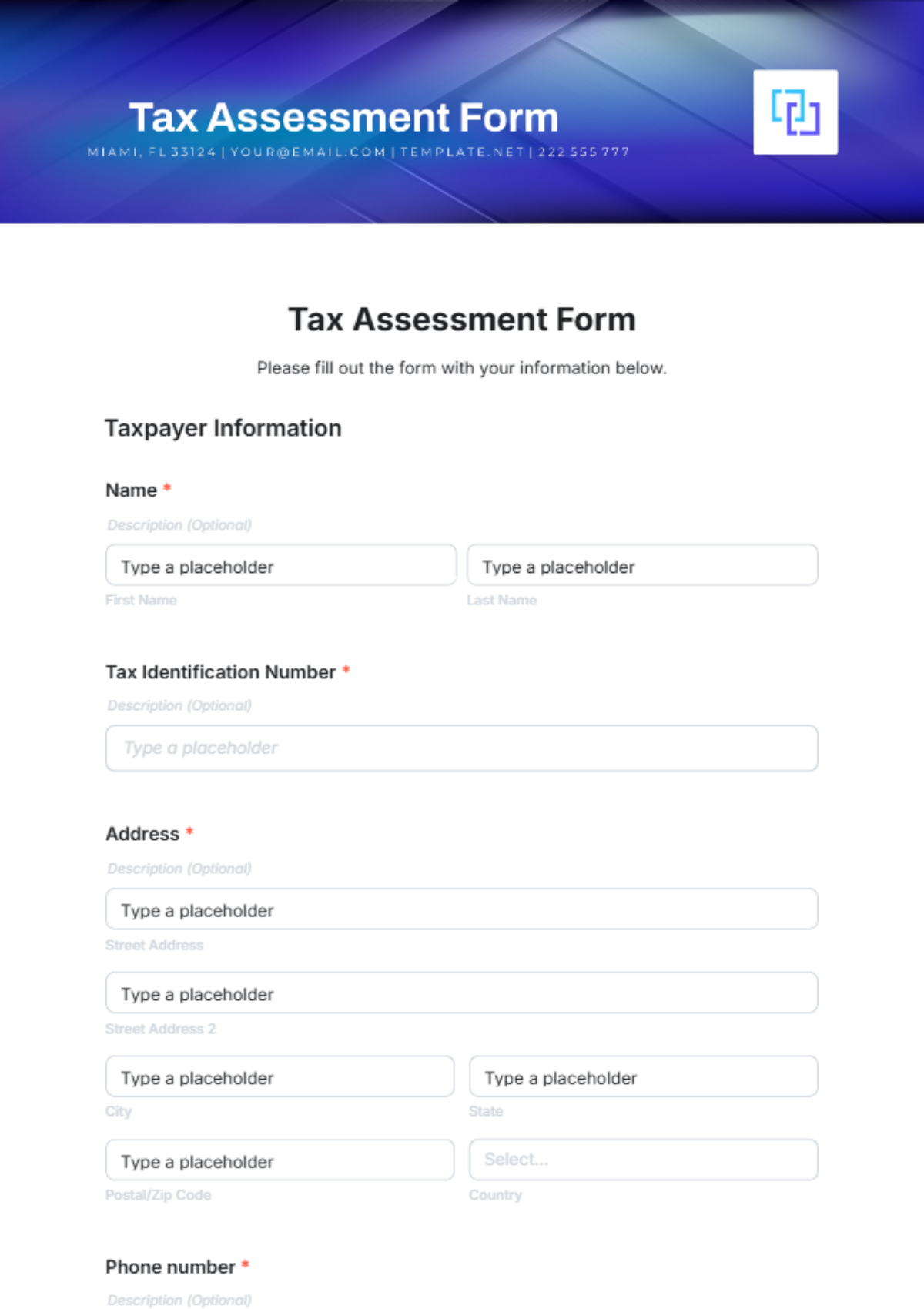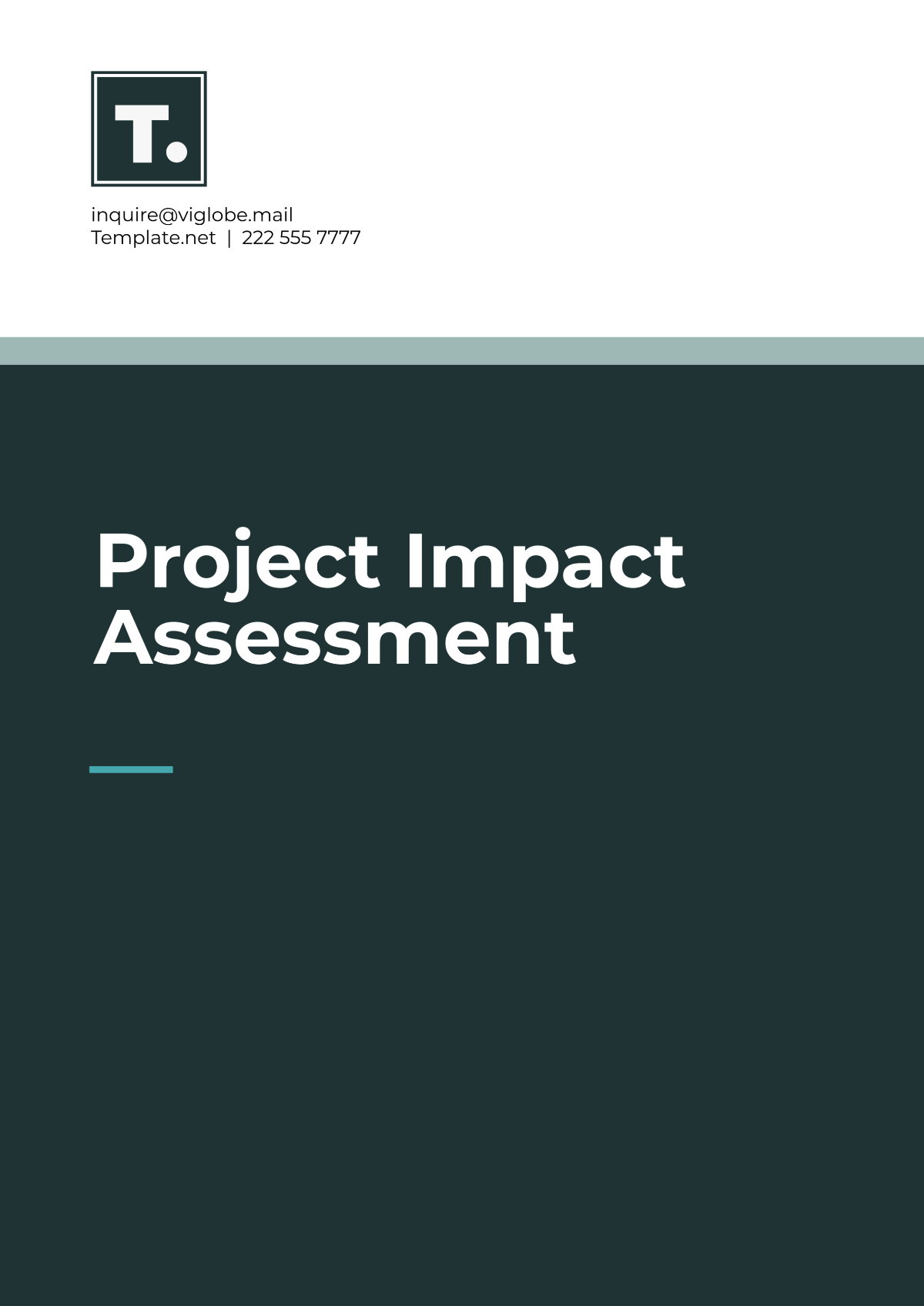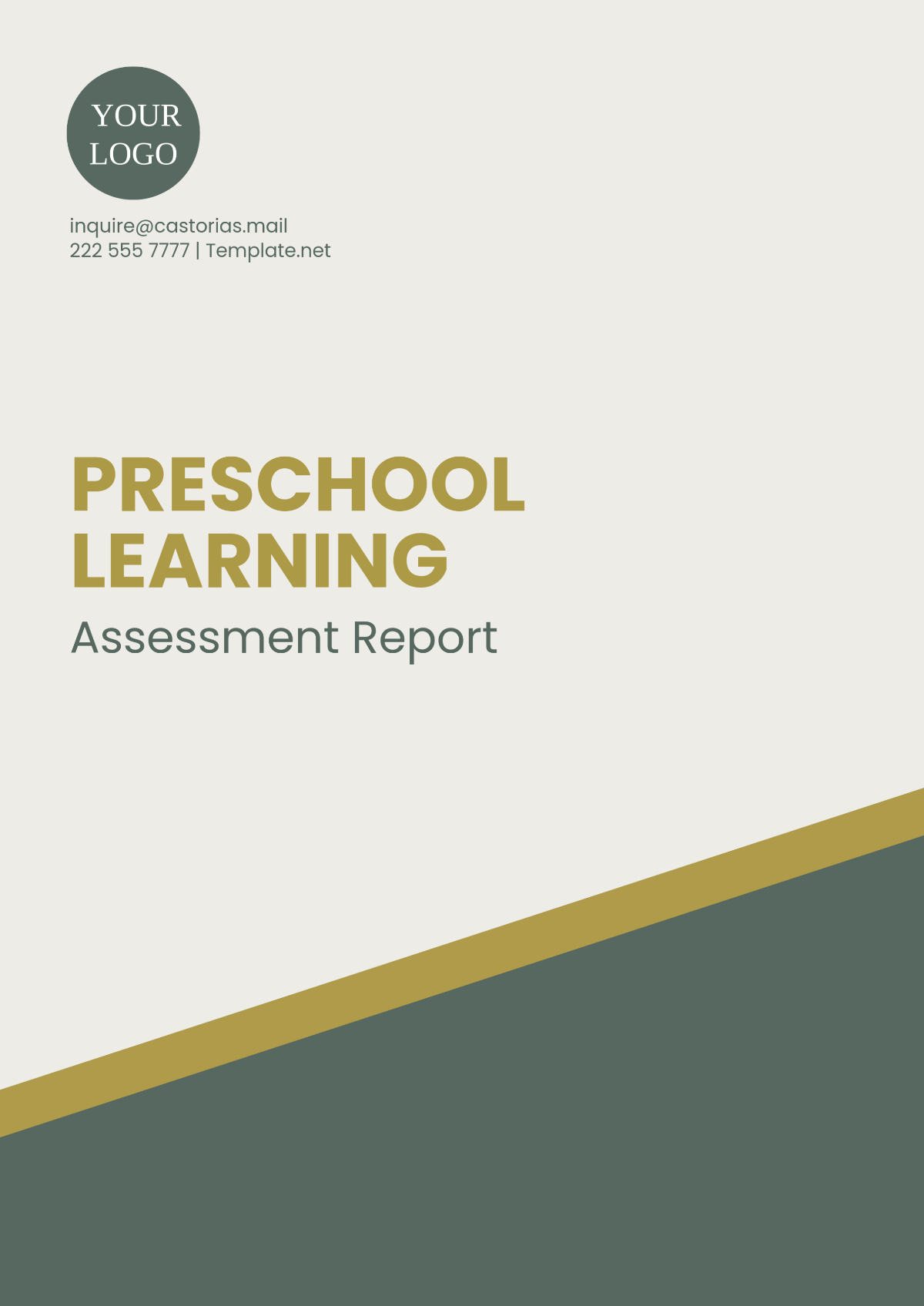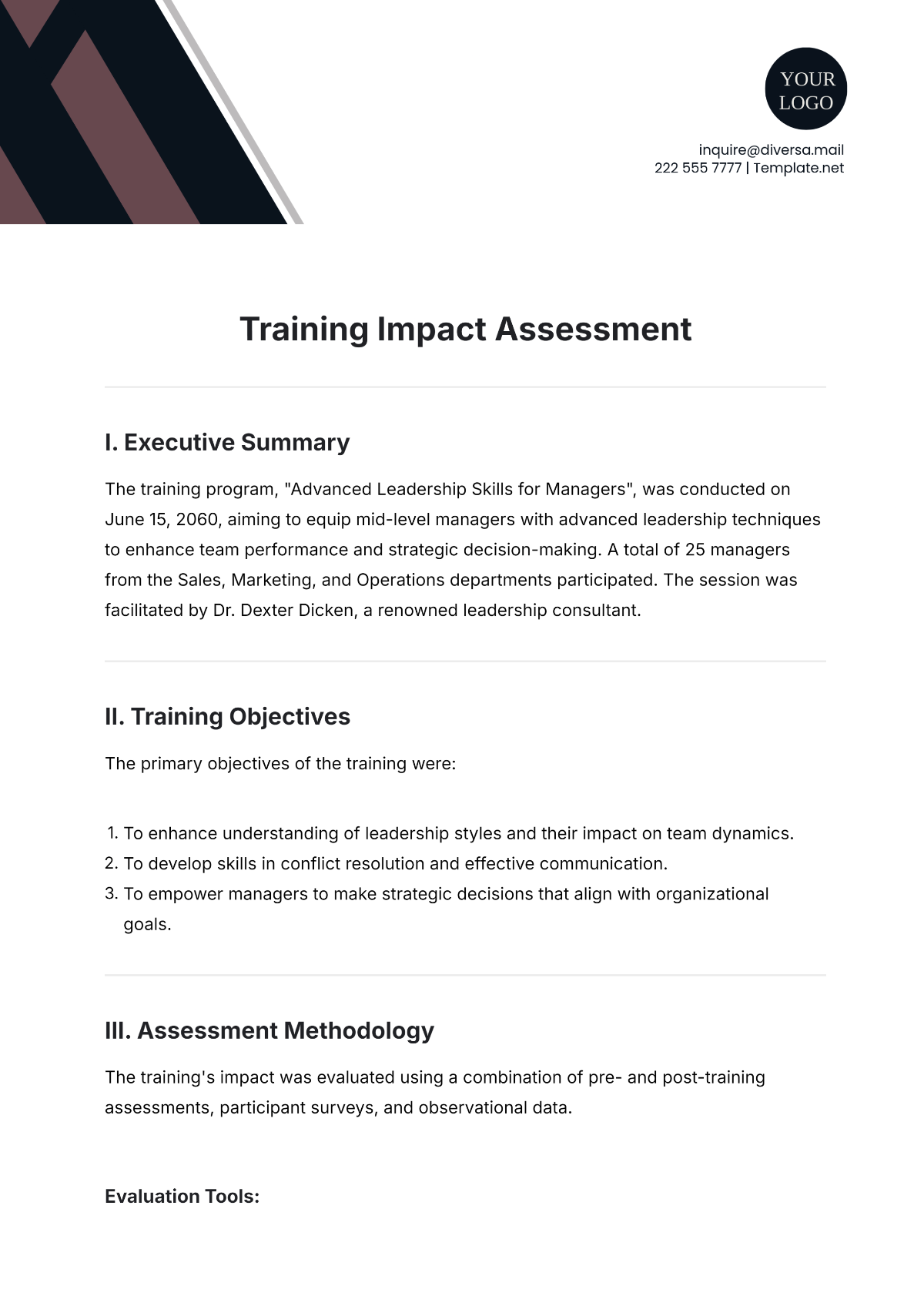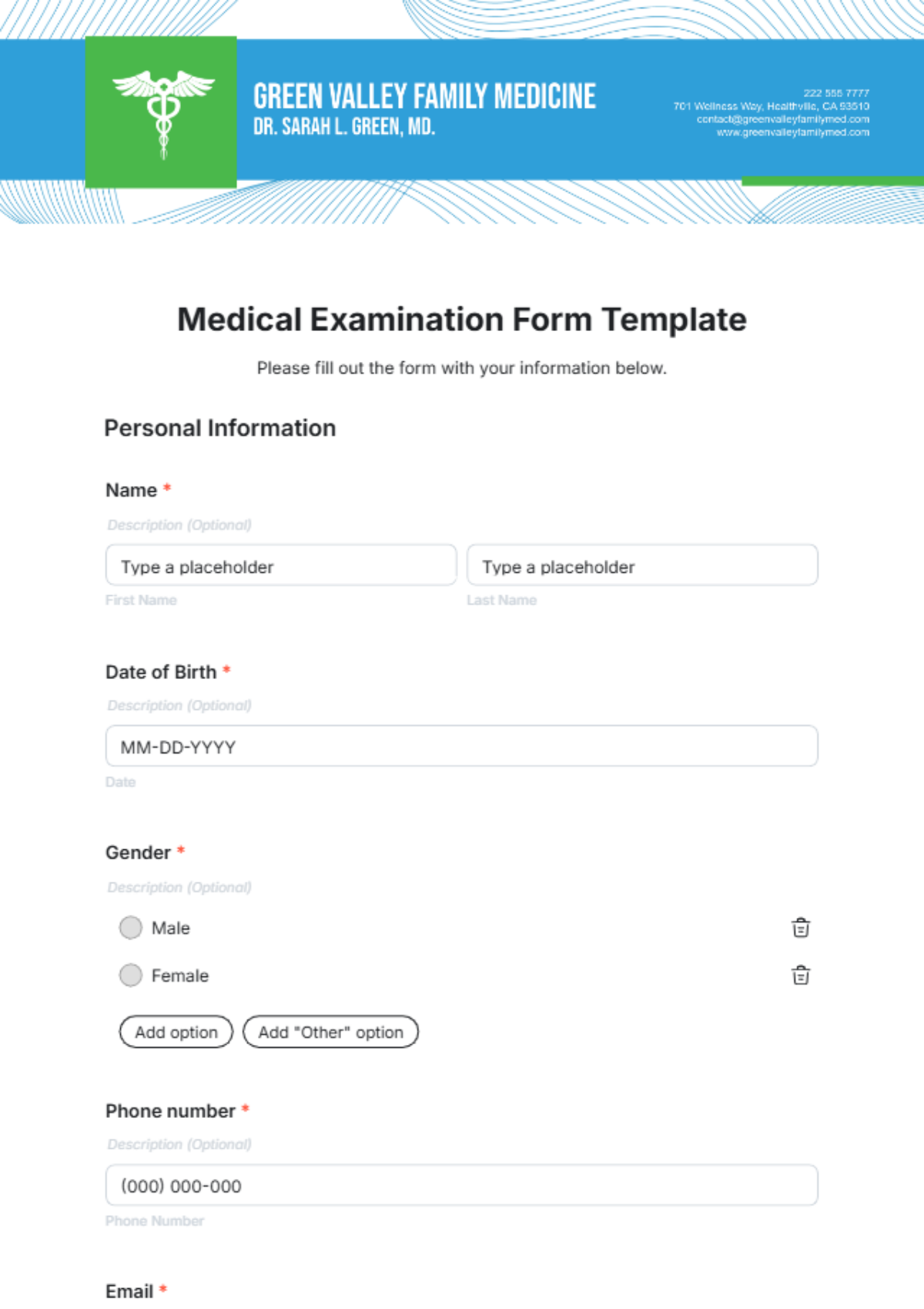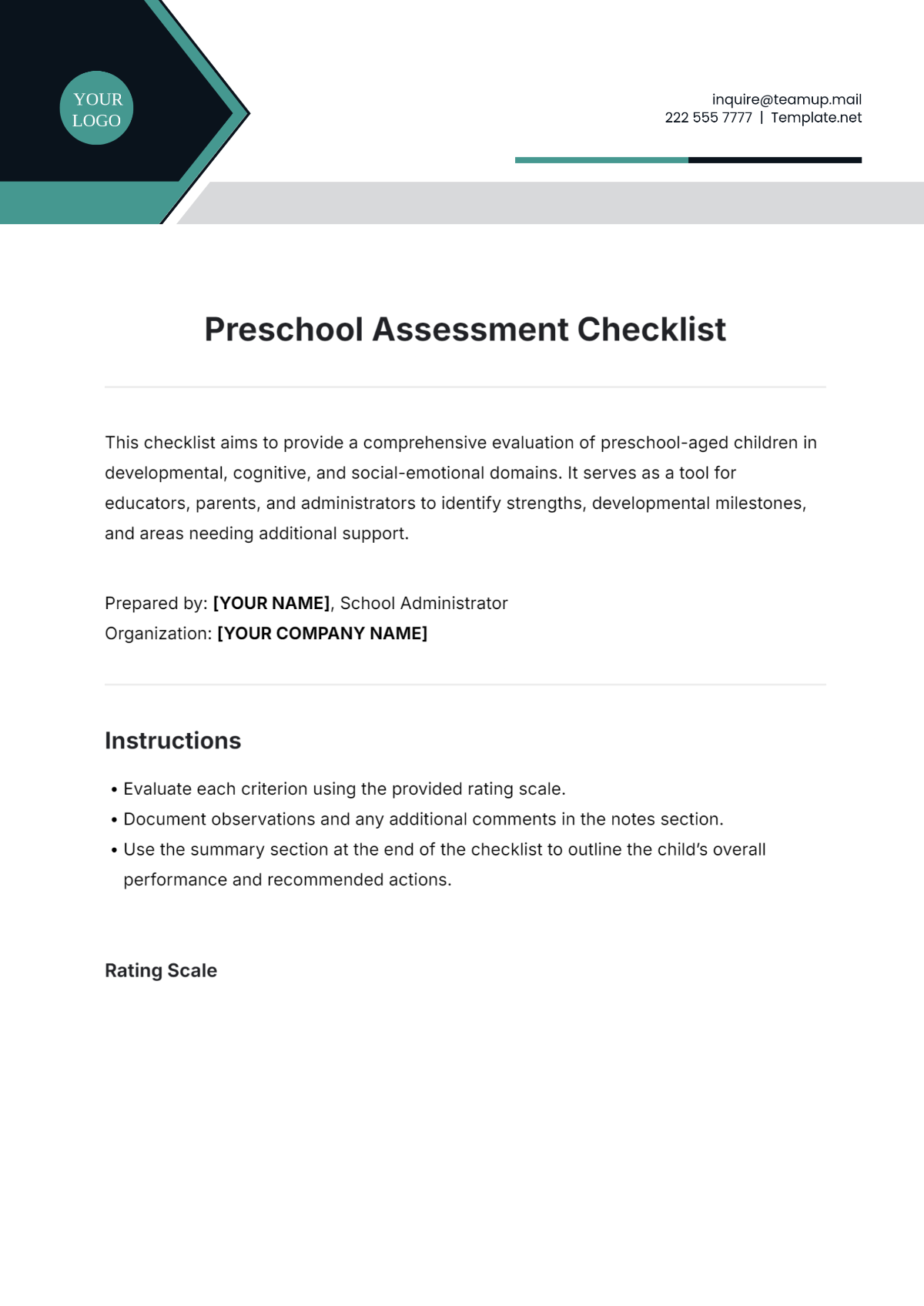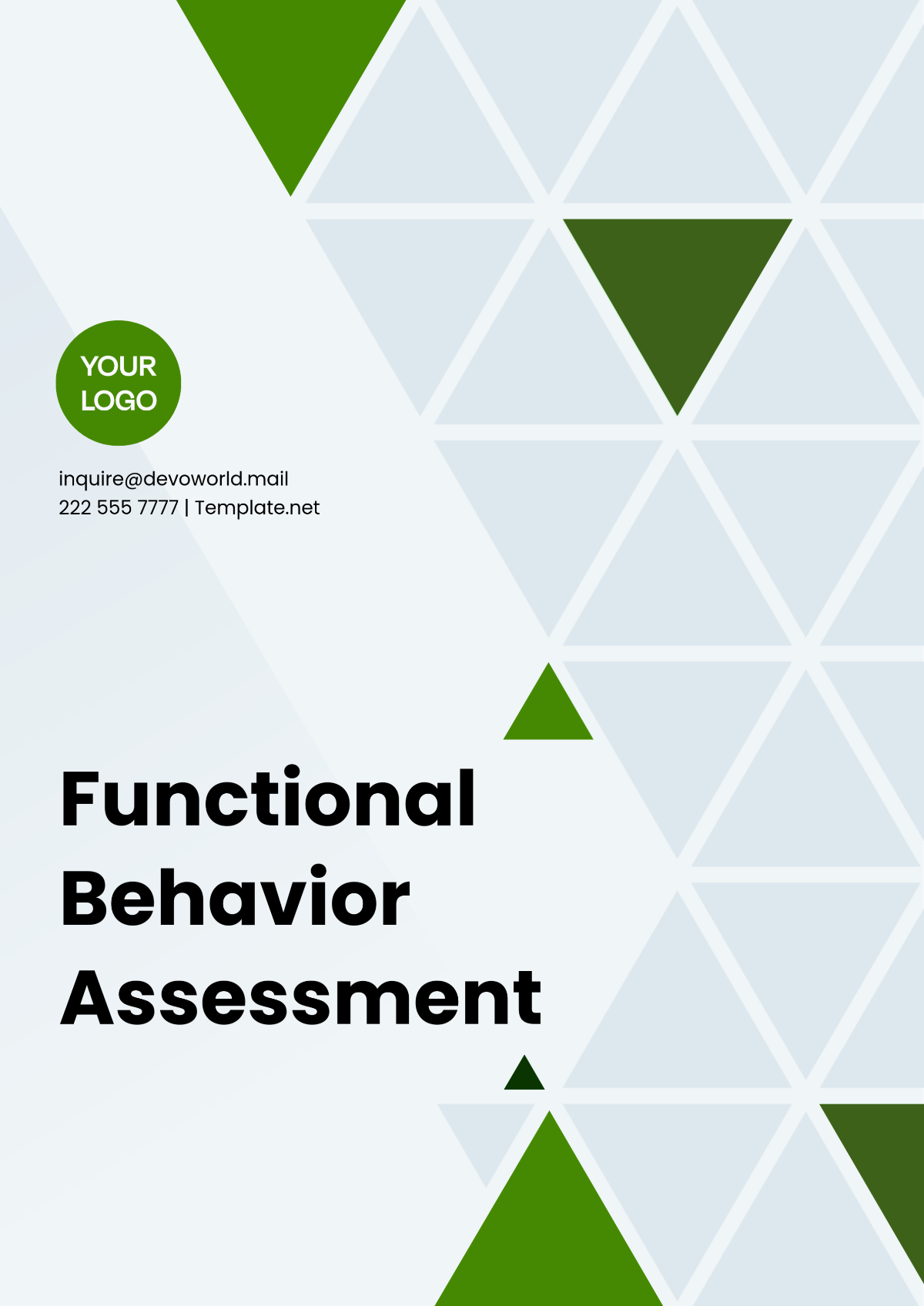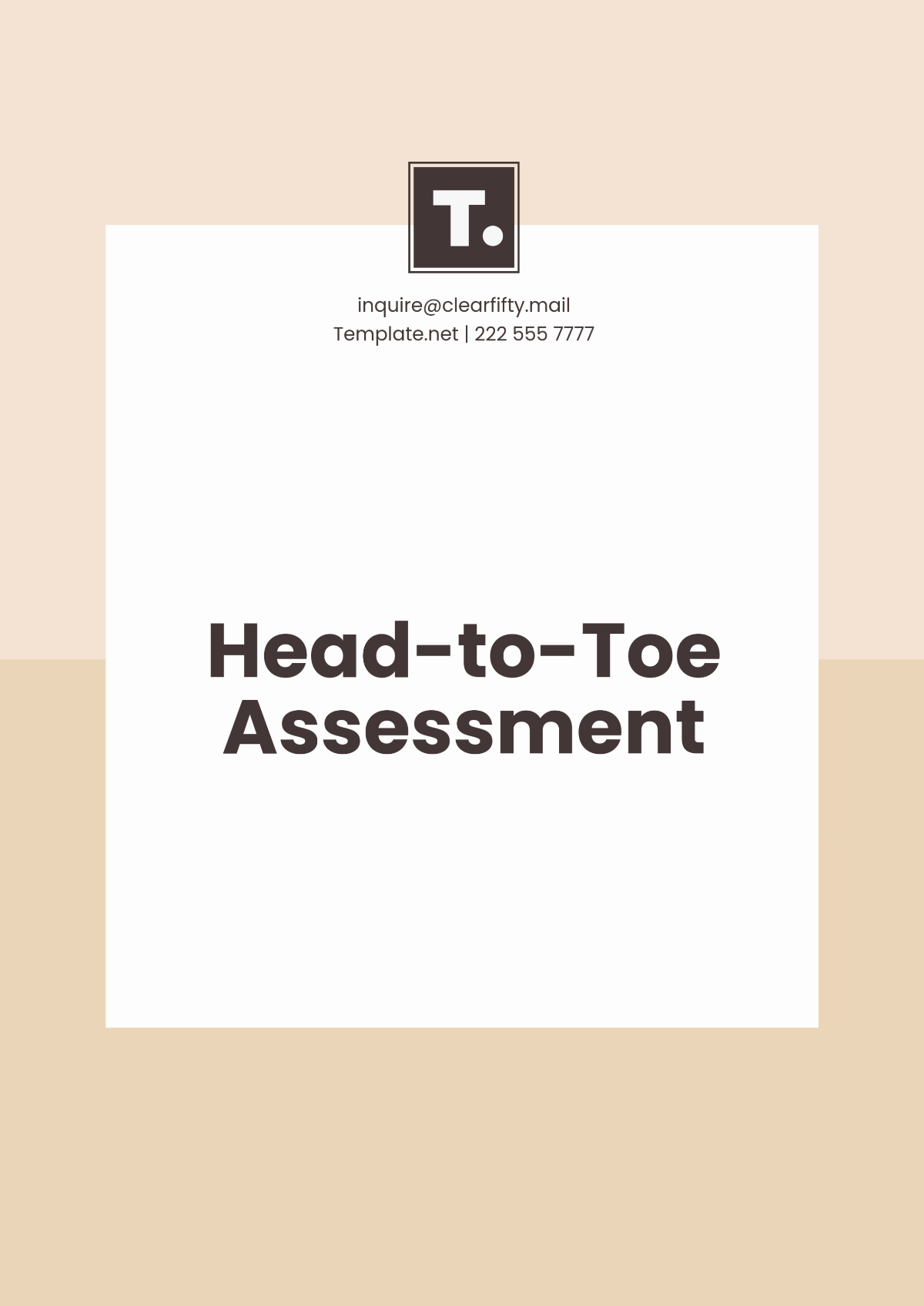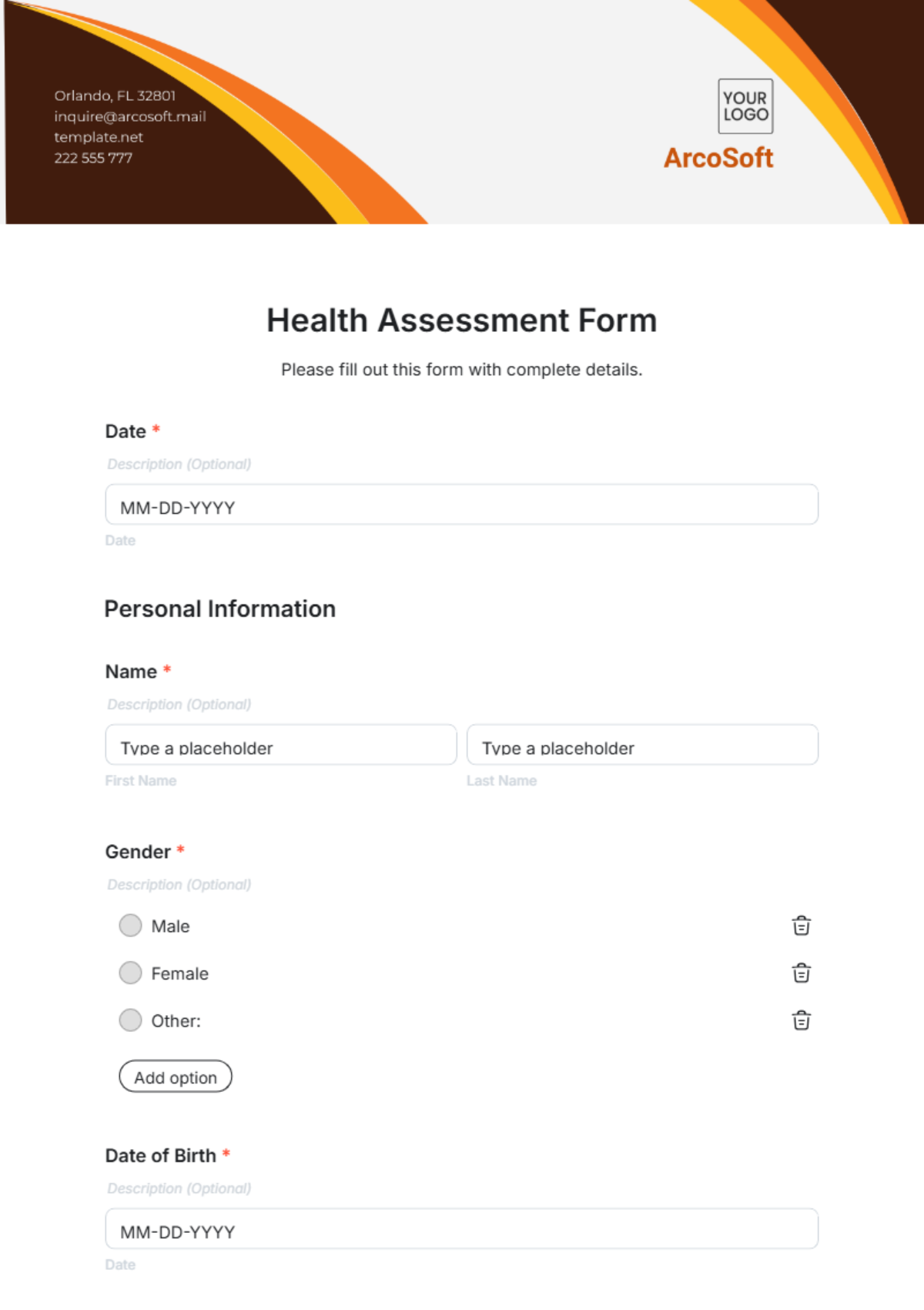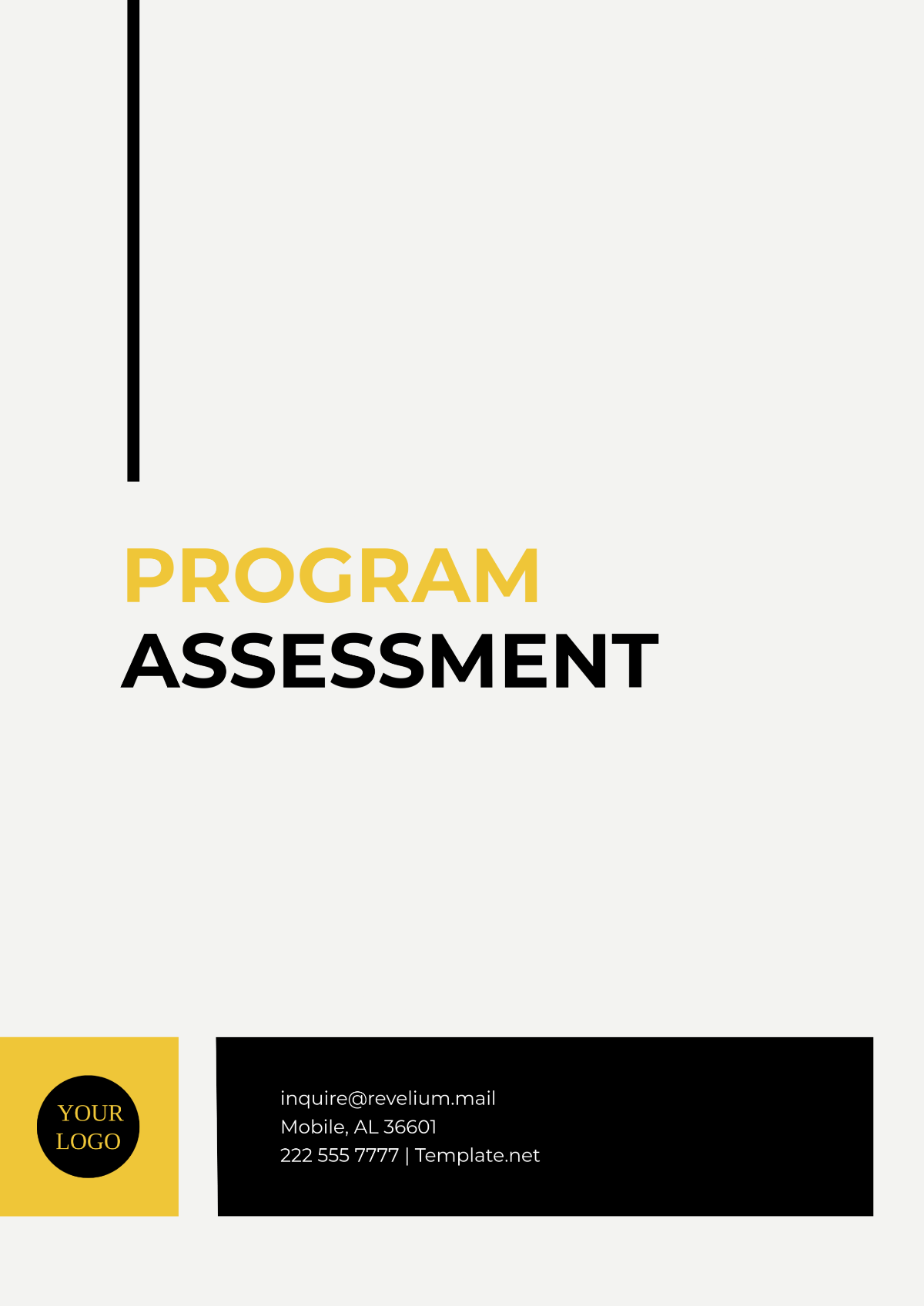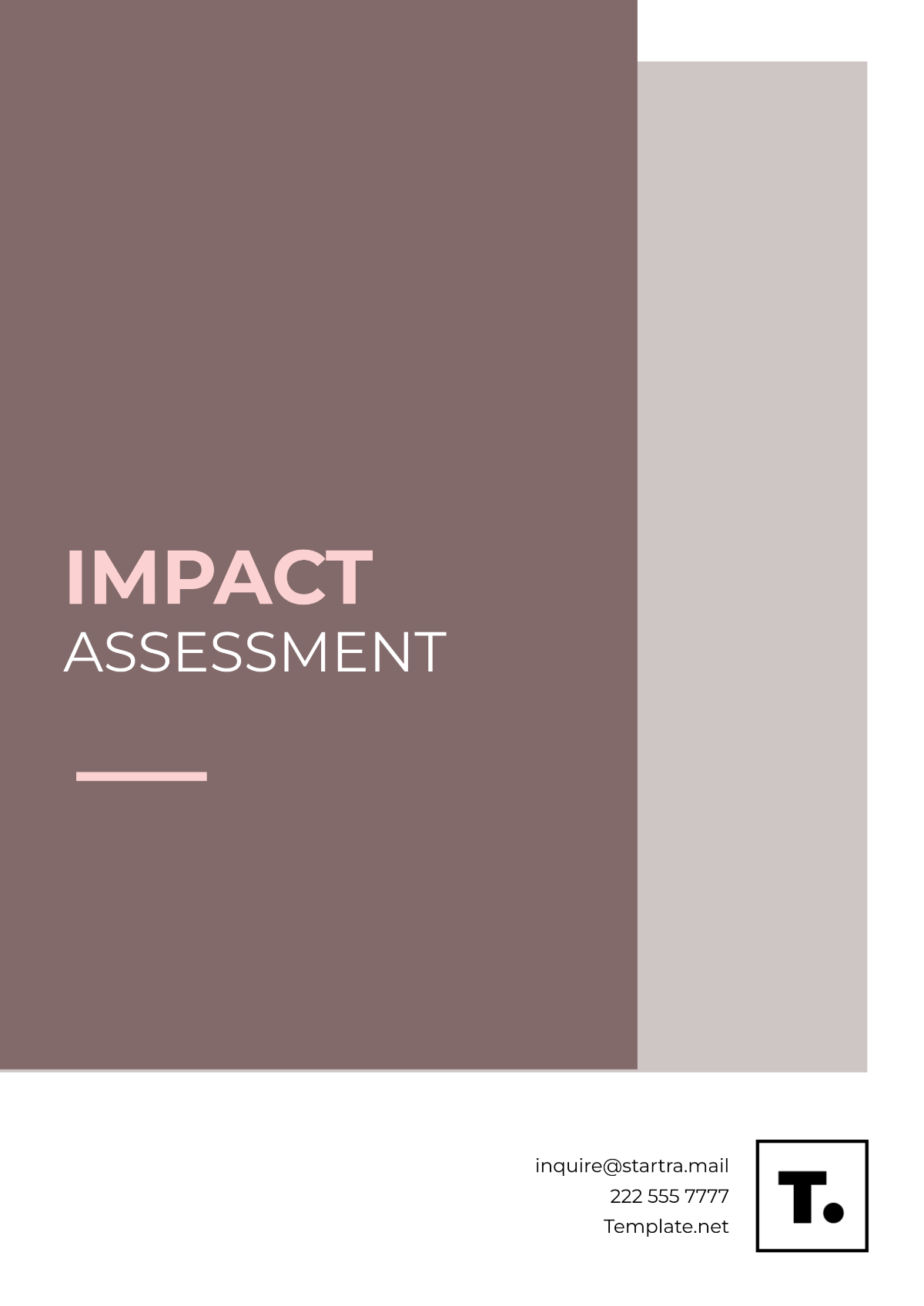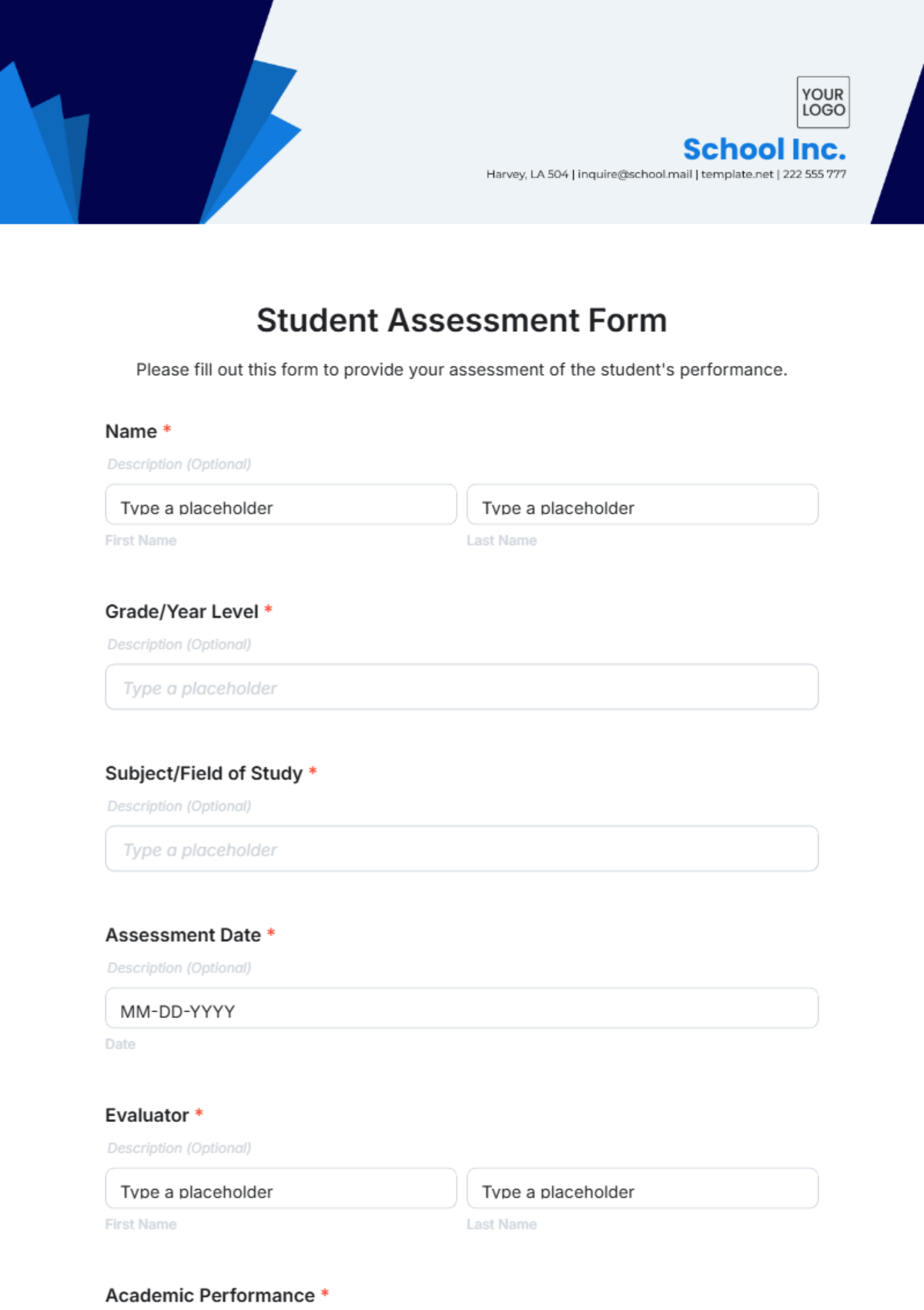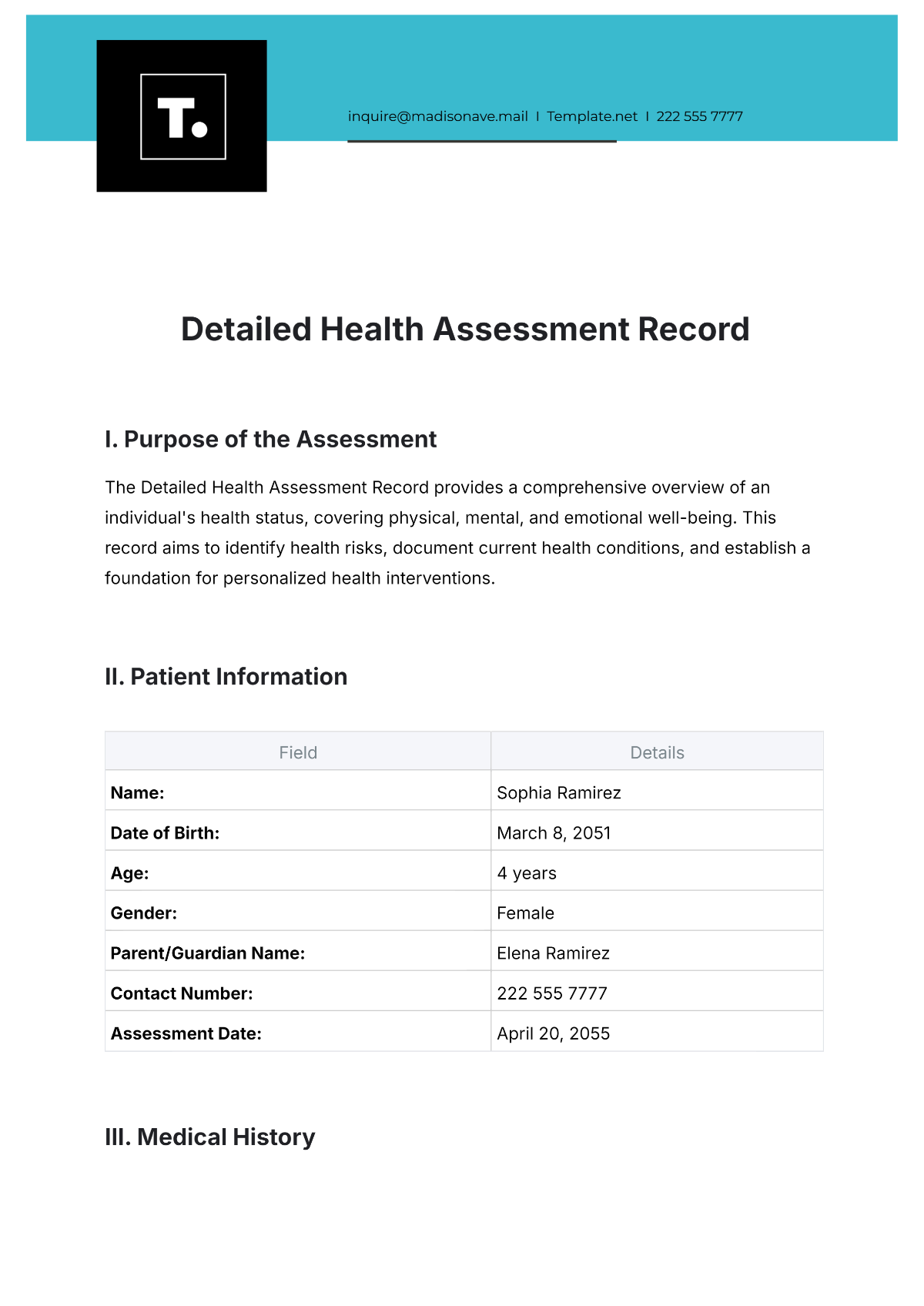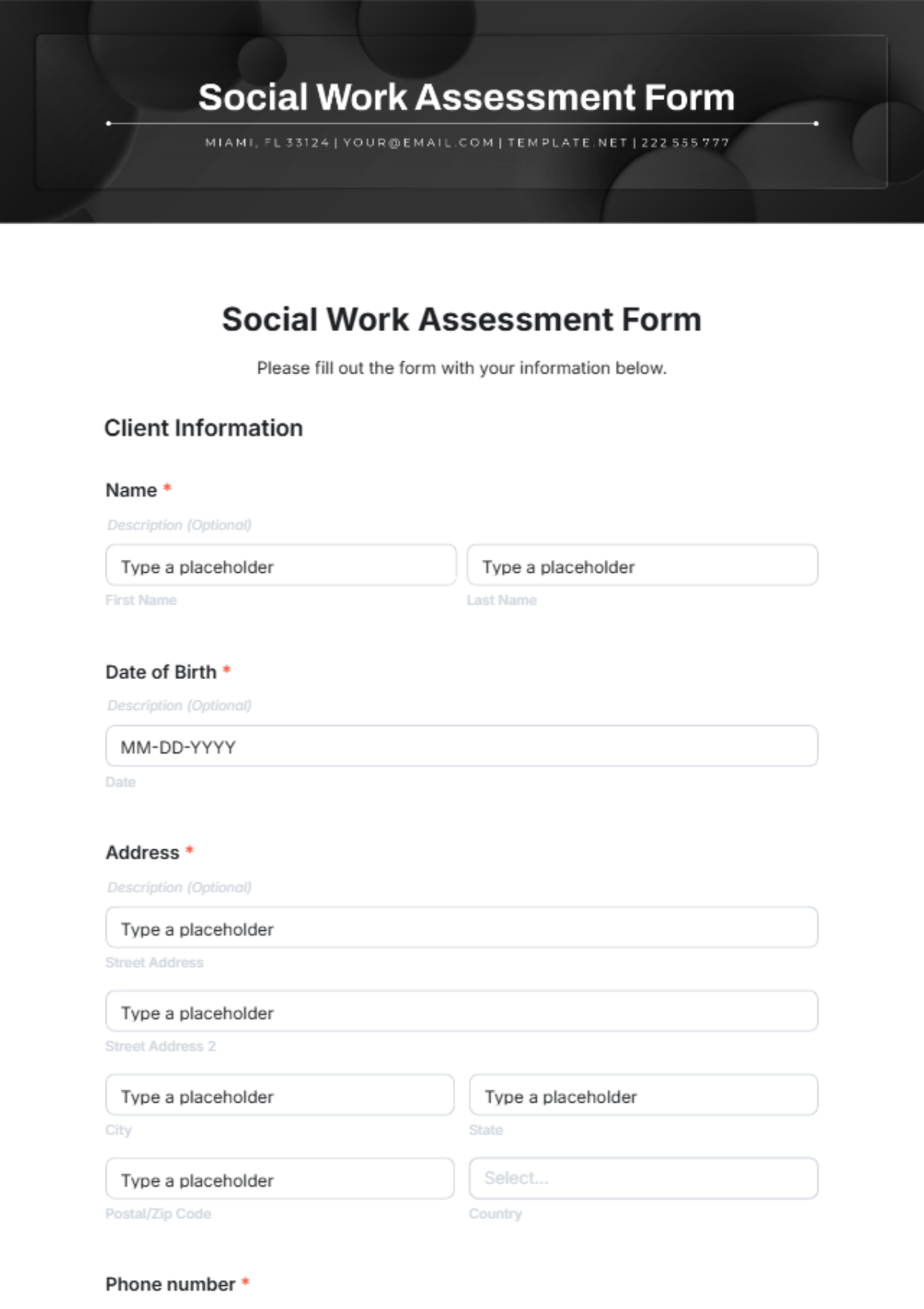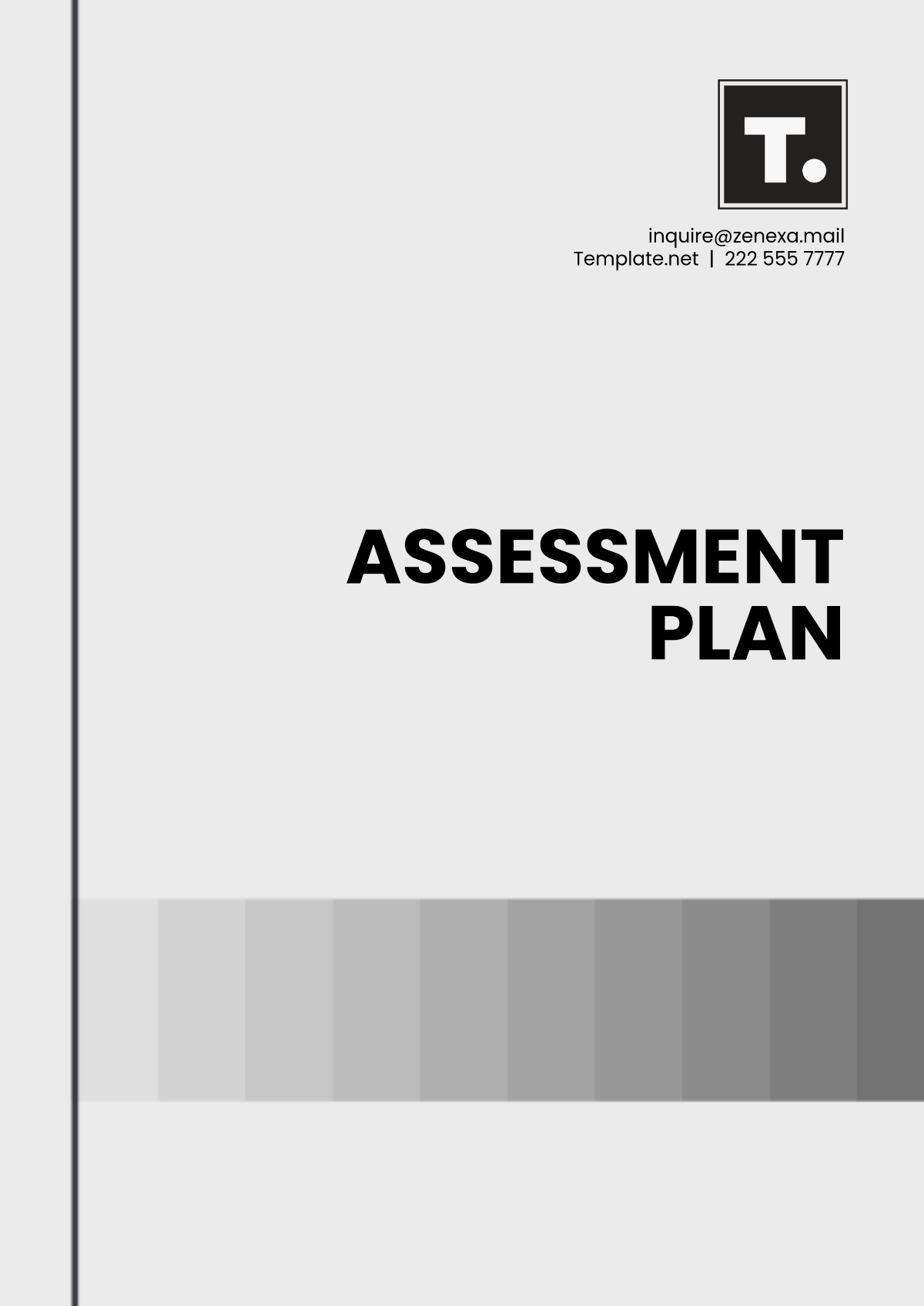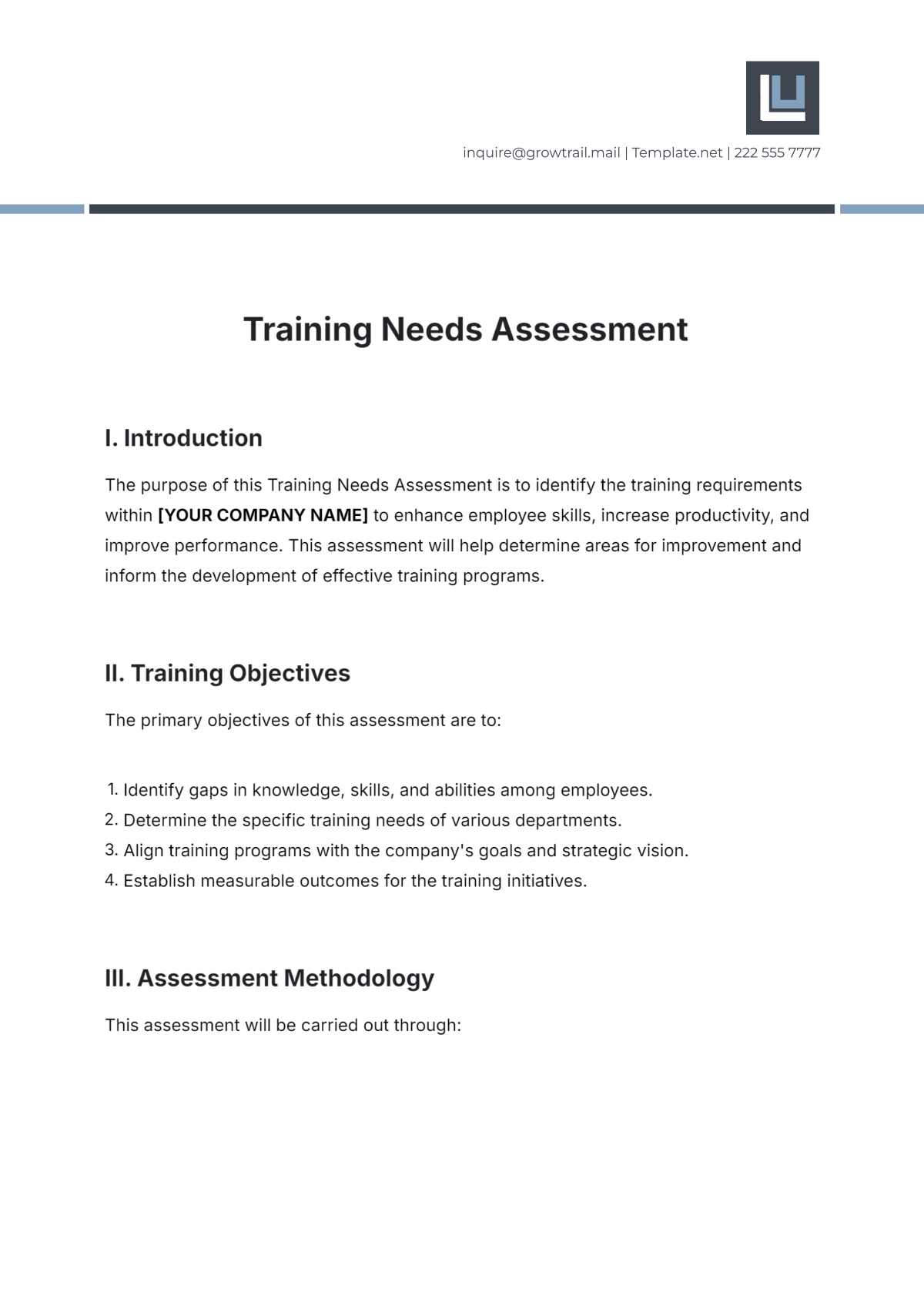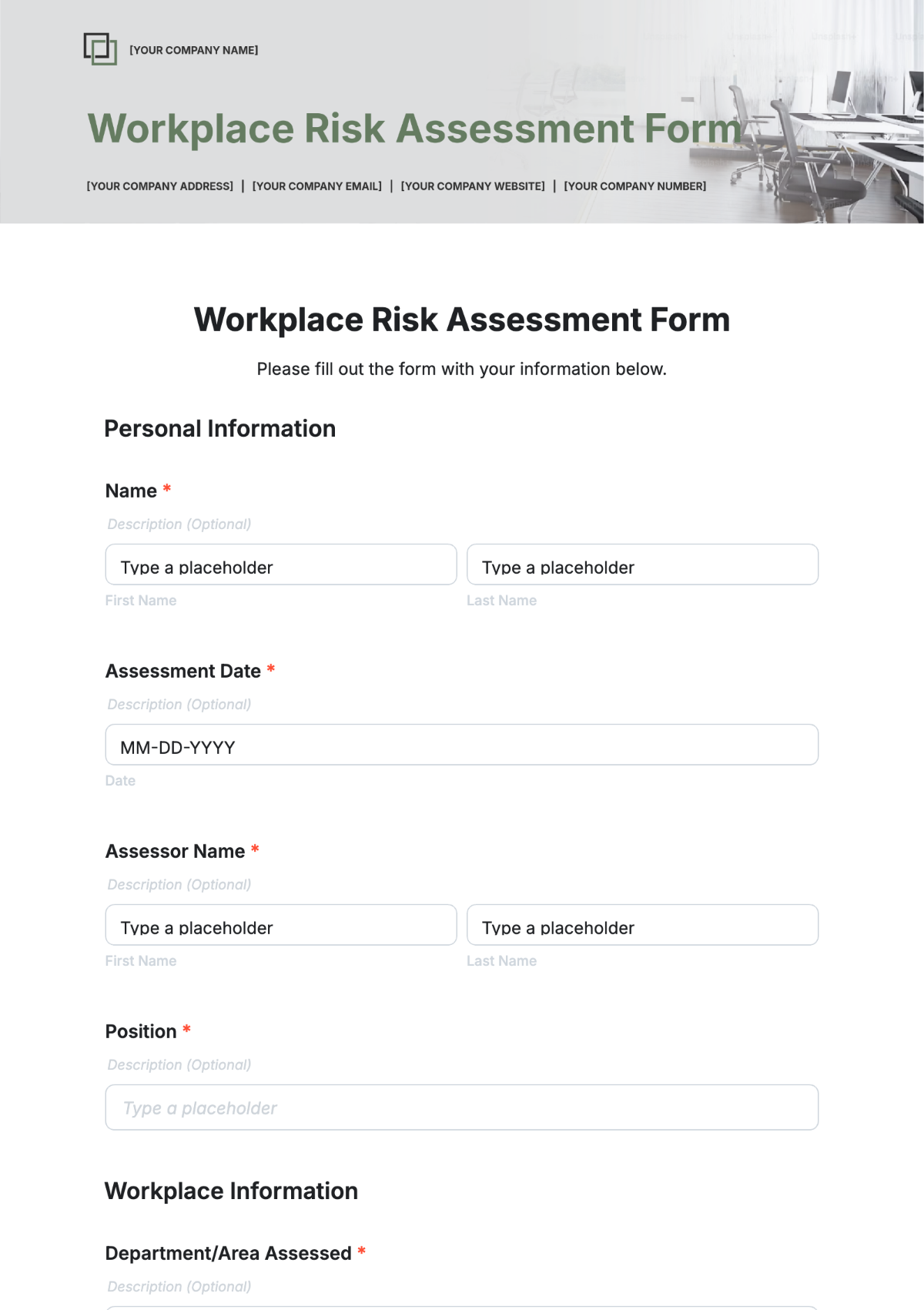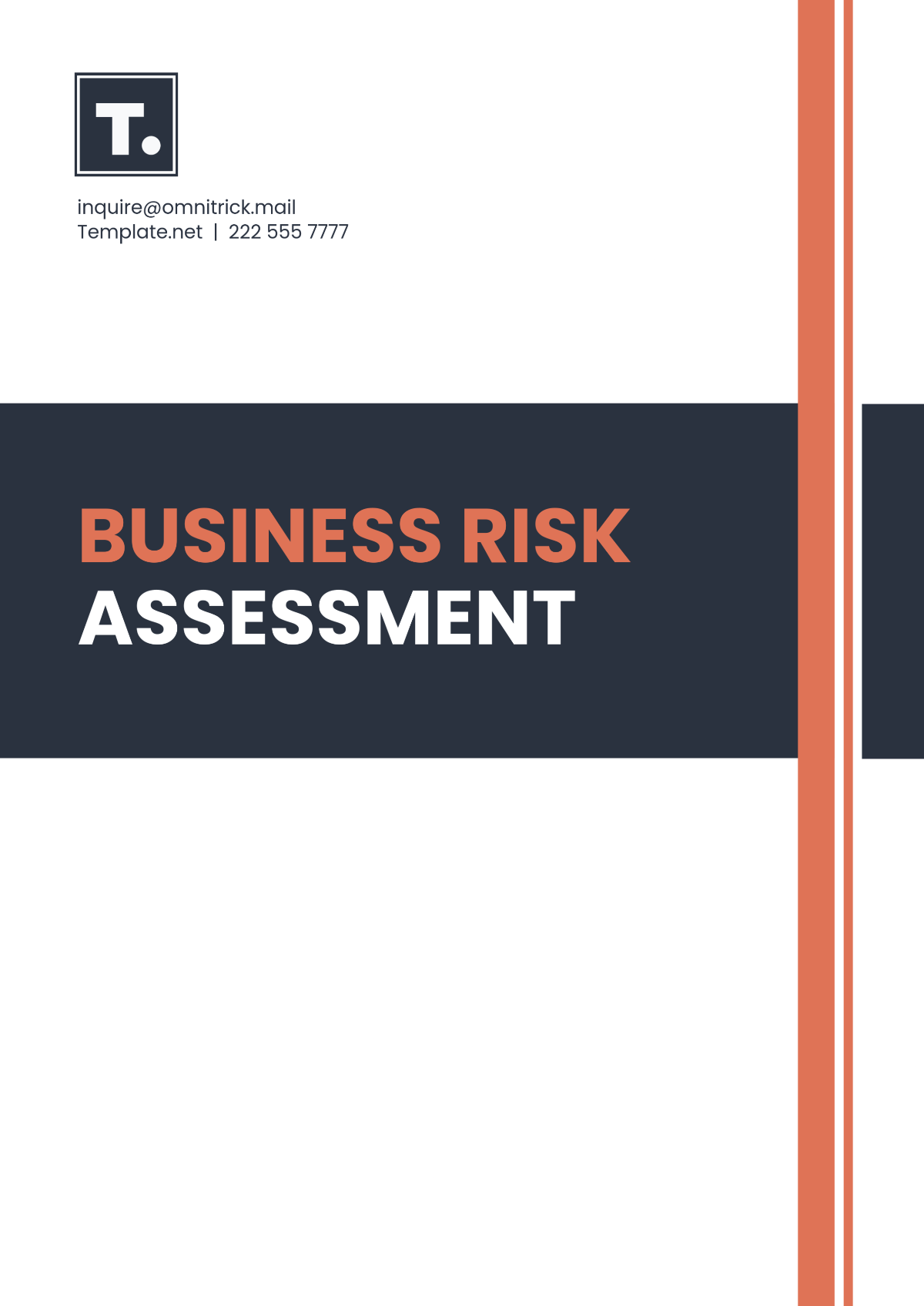Cross-Sectional Study Methodology
1. Study Objective
A. Primary Objective:
To assess the prevalence of hypertension among adults aged 30-60 years in a designated urban area.
B. Secondary Objectives:
To evaluate the association between hypertension and lifestyle factors, including diet, physical activity, and smoking.
To identify demographic and socioeconomic factors that may contribute to the risk of hypertension in the study population.
2. Study Design
A. Type of Study:
Cross-sectional study.
B. Study Population:
Adults aged 30-60 years residing in the selected urban area.
C. Rationale:
This age group is particularly at risk for developing hypertension, making it critical to assess the prevalence and contributing factors within this demographic.
3. Sampling
A. Sampling Frame:
The list of all households in the selected urban area was obtained from local municipal records.
B. Sampling Method:
Simple random sampling ensures that every household has an equal chance of being included, minimizing selection bias.
C. Sample Size Calculation:
Based on the following assumptions:
Estimated prevalence of hypertension: 25%.
Desired confidence level: 95%.
The margin of error: is 5%.
The calculated sample size is approximately 384 participants. However, to account for potential non-response or incomplete data, a total of 420 participants will be targeted.
D. Inclusion Criteria:
Adults aged 30-60 years.
Continuous residents of the selected urban area for at least one year.
E. Exclusion Criteria:
Individuals with diagnosed psychiatric disorders that may affect their ability to participate.
Pregnant women, pregnancy, can temporarily affect blood pressure.
4. Data Collection
A. Data Collection Period:
Three months, allowing for sufficient time to reach the target sample size and ensure comprehensive data collection.
B. Data Collection Methods:
Questionnaire:
A structured questionnaire will gather data on:Demographics: Age, gender, education level, income.
Lifestyle Factors: Dietary habits (e.g., fruit and vegetable intake, salt consumption), physical activity levels, and smoking status.
Medical History: Including any previous diagnoses of hypertension or other cardiovascular conditions.
Physical Examination:
Blood Pressure Measurement: Standardized procedures will be followed, with participants resting for at least 5 minutes before measurement. Three readings will be taken, and the average will be recorded to ensure accuracy.
C. Training of Data Collectors:
All data collectors will undergo intensive training over two days, covering the administration of the questionnaire and the correct procedures for blood pressure measurement. This will help standardize data collection and reduce inter-observer variability.
5. Variables
A. Dependent Variable:
Hypertension Status: Defined as systolic blood pressure ≥140 mmHg and/or diastolic blood pressure ≥90 mmHg, or current use of antihypertensive medication.
B. Independent Variables:
Sociodemographic Factors: Age, gender, education level, income.
Lifestyle Factors:
Diet: Frequency of fruit and vegetable intake, salt consumption.
Physical Activity: Self-reported physical activity levels (e.g., frequency and duration of exercise).
Smoking: Current smoking status (yes/no).
6. Data Analysis
A. Descriptive Statistics:
The prevalence of hypertension will be calculated and expressed as percentages with 95% confidence intervals.
Mean and standard deviations will be reported for continuous variables.
B. Bivariate Analysis:
Chi-square tests will be used for categorical variables (e.g., smoking status).
T-tests will be applied to continuous variables (e.g., age) to examine associations with hypertension.
C. Multivariate Analysis:
Logistic regression analysis will assess the independent effects of lifestyle factors (diet, physical activity, smoking) on the risk of hypertension, controlling for potential confounders such as age, gender, and income.
D. Software:
Data will be analyzed using SPSS (Version 25), with results interpreted in the context of public health implications.
7. Ethical Considerations
A. Informed Consent:
Written informed consent will be obtained from all participants before data collection begins. Participants will be informed of their right to withdraw at any time without penalty.
B. Confidentiality:
Data will be anonymized and securely stored.
Only the research team will have access to the data, and all identifiers will be removed before analysis.
C. Ethics Approval:
The study protocol will be reviewed and approved by the Institutional Review Board (IRB) of the research institution, ensuring compliance with ethical standards.
8. Limitations
A. Cross-Sectional Design:
This design limits the ability to infer causality between hypertension and the associated lifestyle factors.
B. Self-Reported Data:
Potential biases may arise from self-reported data on diet, physical activity, and smoking, which could lead to underreporting or overreporting.
C. Selection Bias:
Despite random sampling, some subpopulations (e.g., non-respondents) may be underrepresented, affecting generalizability.
9. Timeline
Study Preparation: 1 month (including training and pilot testing).
Data Collection: 3 months.
Data Analysis: 1 month.
Report Writing: 1 month.
Total Duration: 6 months.
10. Budget
Personnel Costs:
Data Collectors: Compensation for data collection, including training.
Supervisors: Oversight of data collection and quality assurance.
Data Analysts: Data entry, cleaning, and statistical analysis.
Materials:
Questionnaires: Printing and distribution costs.
Blood Pressure Monitors: Purchase of calibrated devices.
Data Management: Software licenses (e.g., SPSS), data storage.
Miscellaneous Costs:
Transportation: For data collectors to reach participants' households.
Training: Venue, materials, and refreshments for the training session.
Administrative Costs: Miscellaneous expenses, including communication, documentation, and reporting.
